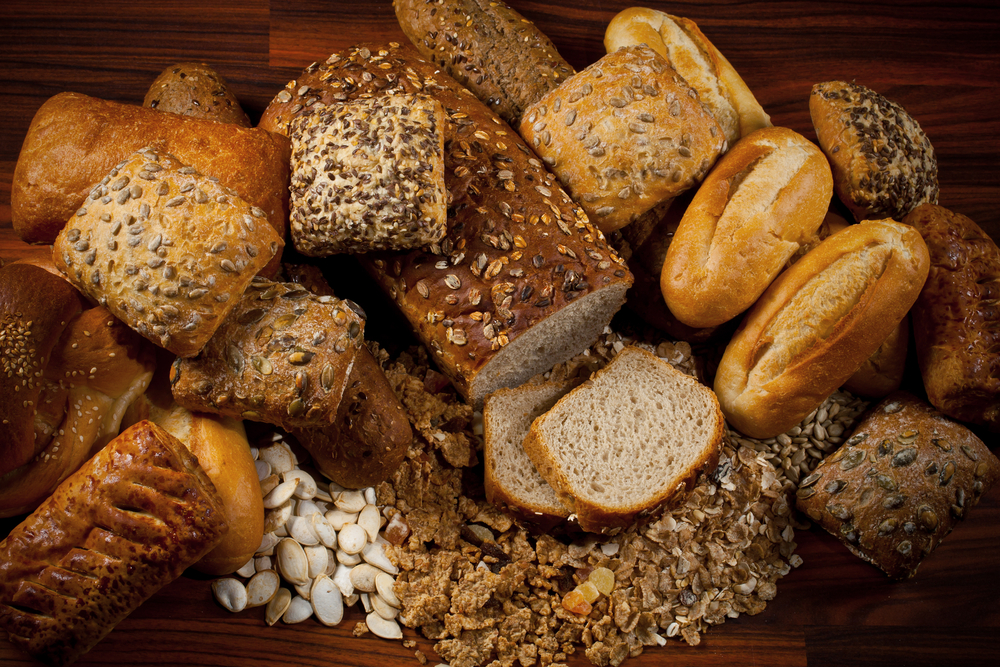Most people enjoy a sandwich for lunch. On average, women consume two and a half slices of bread per day, while men typically add an extra slice. But which bread is the wisest choice?
Others are reading now
Understanding Bread Choices
“Choosing used to be easy,” says nutrition scientist and Professor Ellen Kampman from Wageningen University & Research (WUR) according to GLD. “Darker bread meant more dietary fibers, which we need. However, nowadays, bread might appear darker due to additives like malt extract or caramelized sugar, making it look like whole grain when it might be white bread.”
Opt for Whole Grain
For the healthiest option, whole grain bread is the best choice. At a bakery, you can simply ask if the dark bread you’re interested in is made from whole grain flour. “In supermarkets, it’s sometimes harder to tell, though they often indicate the type of flour used,” Kampman notes.
If there’s no one to ask, check the bread’s packaging. Brown bread isn’t necessarily the healthiest option. “Brown bread is a mix of flour and whole grain flour,” explains Kampman. “It contains whole grain but less than whole grain bread. Always look for the label and don’t just go by the color.”
Also read
The Nutrition Center also emphasizes that the brown color of bread doesn’t always indicate its healthiness. Whole grain bread is the best choice: it contains the most nutrients and supports intestinal health. Whole grain products also lower the risk of heart disease, type 2 diabetes, and colon cancer.
A Wide Variety to Choose From
Both bakeries and supermarkets offer a vast selection of bread: white, wheat, multiseed, multigrain, waldkorn, whole grain, spelt. However, not every customer knows the story behind each type of bread and what’s healthy or not.
“Waldkorn, for example, isn’t a type of grain but a brand name,” says Kampman. “It’s made from flour, which is heavily processed and sifted to leave only white grain powder, used to make white bread. It’s essentially empty calories. Some people enjoy its taste, but it’s not rich in dietary fibers.”
Professor’s Personal Preference
The WUR nutrition expert prefers something that requires a good chew. “Something I know contains enough dietary fibers. That’s something I really need, so I pay attention to it. A white bun doesn’t make me happy.”
Choosing the right bread can significantly impact your dietary fiber intake and overall health. Next time you’re at the bakery or supermarket, remember these tips to make a healthier choice.


